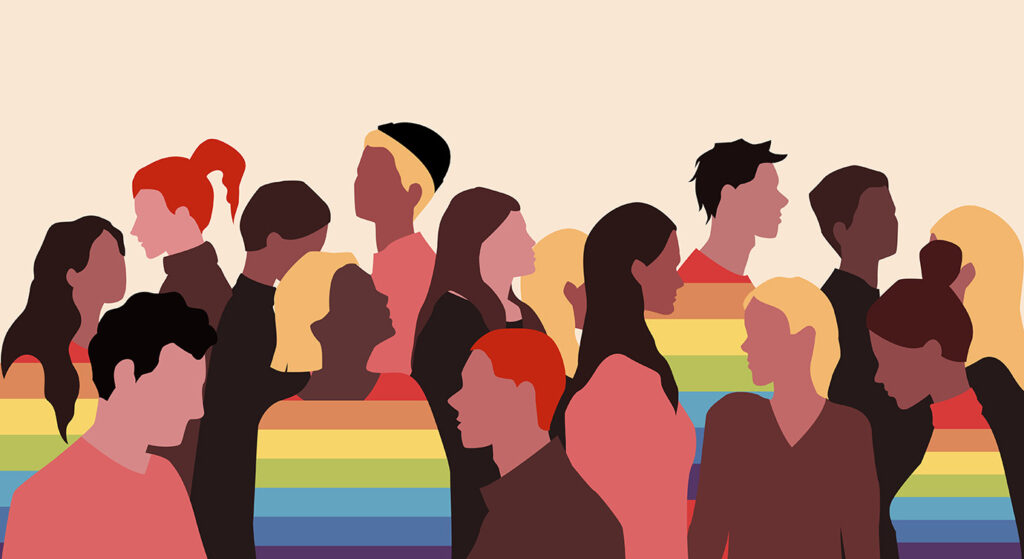
Navigating the educational landscape as an LGBTQ student comes with a unique set of challenges. From social stigma to systemic barriers, these students often find themselves at the crossroads of identity and acceptance. This article delves deep into these issues, offering a voice and solutions to those who may feel isolated or misunderstood.
Understanding Identity


Imagine starting a puzzle with no reference picture — that’s akin to the journey many LGBTQ students embark on as they discover and affirm their identity in a school environment not always ready to support them.
Social Stigma and Isolation
It’s no secret that coming out can still feel like stepping into a spotlight for all the wrong reasons. Social stigma remains pervasive, casting a long shadow over students’ daily interactions and fostering a sense of isolation from their peers.
Bullying and Harassment
For many, school can feel more like a battlefield than a safe space to learn. Bullying and harassment are all too common experiences for LGBTQ students, impacting their academic performance and overall well-being.
Lack of Supportive Resources
Finding an ally in the faculty or even access to supportive literature and groups can be like finding water in a desert. Schools often lack the resources or trained staff to address LGBTQ-specific concerns effectively.
Challenges in Sports and PE
From locker rooms to team selections, the traditional structures of sports and physical education do not always accommodate or respect LGBTQ students’ identities, leading to exclusion or discomfort.
Gender-Neutral Facilities
The simple act of choosing a restroom can be daunting and fraught with anxiety. The availability of gender-neutral facilities is a fundamental issue that speaks to the broader struggle for safe spaces in educational settings.
Curriculum and Representation
Seeing oneself reflected in the curriculum can validate one’s identity and experiences. Unfortunately, LGBTQ students often face a curriculum devoid of such representation, which can further feelings of alienation.
Mental Health Impacts
The cumulative effect of these challenges can take a significant toll on mental health. LGBTQ students are at a higher risk for depression, anxiety, and other mental health issues due to the constant navigation of these social and educational hurdles.
Navigating Relationships
Building relationships on uneven ground is challenging. LGBTQ students must often manage complex social dynamics while exploring their identity and relationships, complicating their social and emotional development.
Legal and Policy Issues
Navigating the legal landscape regarding rights and protections in schools can be as complex as a labyrinth, with varying protections depending on location and institution.
Finding Community
Finding one’s tribe within the chaos of school life is vital. Community provides a buffer against many of the negative experiences faced by LGBTQ students.
Dealing with Change
As schools evolve and policies change, so too must LGBTQ students adapt. This constant state of flux can be unsettling, requiring resilience and flexibility.
Advocacy and Activism
Empowerment through advocacy and activism not only benefits the individual but can lead to systemic change, enhancing the school environment for future LGBTQ students.
Preparing for the Future
Looking beyond the school years, LGBTQ students must prepare for the future, from higher education to the workforce, armed with their experiences and knowledge gained from navigating school life.
Conclusion
The challenges faced by LGBTQ students are significant, but not insurmountable. With awareness, support, and proactive efforts, educational environments can transform into spaces where all students thrive.
